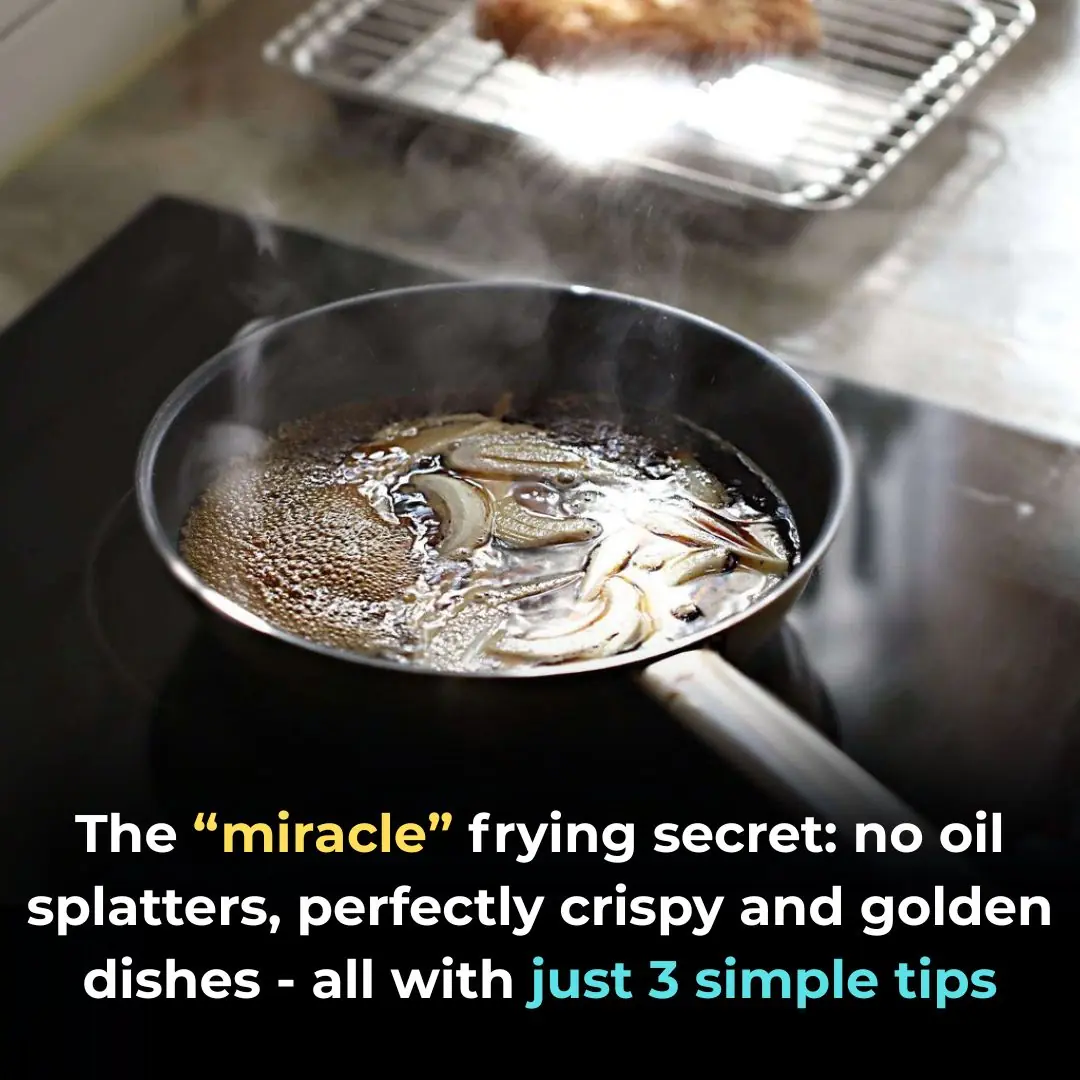
Clogged Toilet? Try This Simple Trick — Within 5 Minutes, the Water Flows Smoothly Again
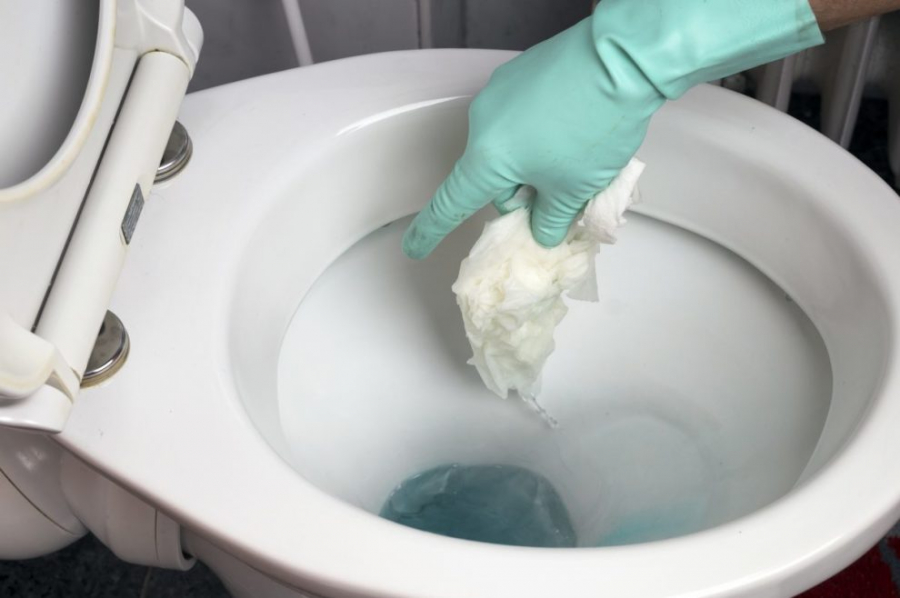
Few household problems are as frustrating as a clogged toilet. It disrupts daily life, creates unpleasant odors, and can even cause water to overflow onto the bathroom floor. But before you panic or call a plumber, know that there are simple, effective methods anyone can use to fix the problem in just a few minutes.
My dad — a practical DIY expert — once told me that even the toughest toilet clogs can often be solved with common household items. Below, we’ll walk through several easy ways to unclog your toilet quickly, safely, and without special tools.
How to Recognize a Clogged Toilet Early
Before choosing a method, it’s important to identify how serious the clog is. Some early signs of blockage include:
-
Slow drainage: After flushing, the water level rises and drains slowly instead of disappearing quickly.
-
Persistent odor: Even after cleaning and flushing, a foul smell lingers around the toilet.
-
Gurgling sounds: You may hear bubbling or “glug-glug” noises from the toilet or drain, sometimes accompanied by water rising unexpectedly.
If you notice one or more of these symptoms, the clog is likely mild — and you can often fix it yourself without professional help.
Six Quick and Easy Ways to Unclog a Toilet
1. Use Water Pressure to Your Advantage
One of the simplest methods to unclog a toilet is to use the natural pressure of water. Start by flushing several times in succession, using the maximum flush setting if possible. Sometimes, the force of the water alone is enough to push the blockage through the pipe.
If this doesn’t work, fill a large bucket with hot (but not boiling) water and pour it quickly and forcefully into the bowl from waist height. The sudden surge of pressure can dislodge whatever is blocking the drain.
💡 Tip: Be cautious — this method can cause splashing, so wear gloves and clean the area thoroughly afterward to maintain hygiene.
2. Try a Commercial Drain Cleaner
For organic blockages — such as toilet paper buildup or waste — a chemical drain cleaner can be highly effective.
-
Pour the recommended amount of cleaner (usually one packet or cup) directly into the toilet bowl.
-
Close the lid and let it sit for 4–6 hours so the chemicals can dissolve the clog.
-
Flush with clean water to check if the blockage has cleared.
This method works best for soft organic material, but not for foreign objects like plastic, sanitary products, or rags. If the clog is caused by a solid obstruction, a physical method will be needed.
⚠️ Safety note: Always wear gloves, keep the bathroom ventilated, and avoid mixing cleaners — some contain strong acids that can release harmful fumes.
3. Use a Wire Clothes Hanger
When you don’t have plumbing tools on hand, a metal clothes hanger can serve as an effective DIY snake.
How to do it:
-
Straighten out the hanger, leaving a small hook at one end.
-
Carefully insert the hooked end into the toilet drain.
-
Gently twist and push until you feel resistance — that’s likely the clog.
-
Push or pull to loosen it, then flush to clear the debris.
This method works well for shallow clogs caused by tissue or small items. Just be gentle — excessive force could scratch the porcelain.
4. Combine Baking Soda, Vinegar, and Hot Water
This is one of the most eco-friendly and chemical-free ways to unclog a toilet. Baking soda and vinegar react to create a fizzy solution that helps break down organic matter and grease.
Steps:
-
Mix about 2 cups (500 g) of baking soda, 1 bottle of vinegar, and 2–3 liters of hot water.
-
Pour the mixture slowly into the toilet bowl.
-
Let it sit for 5–7 hours (overnight if possible) to allow the reaction to soften the blockage.
-
Flush with clean water to finish.
This gentle method not only unclogs but also deodorizes your toilet, leaving it clean and fresh.
💡 Pro tip: Avoid using boiling water, as it could crack older porcelain bowls.
5. Use Cola or Pepsi
Believe it or not, cola drinks like Coca-Cola or Pepsi can help dissolve mild clogs. The acids in these beverages (especially phosphoric acid) help break down organic residue and limescale.
Instructions:
-
Pour about two 1.5-liter bottles of cola into the toilet.
-
Let it sit for at least two hours to allow the acid to act on the buildup.
-
Flush with hot water to rinse away the loosened debris.
While this trick may not work for severe blockages, it’s a handy quick fix for slow drains or lingering odors — and a fun science experiment for kids to observe!
6. Use a Plunger (Toilet Pump)
If all else fails, it’s time for the classic rubber plunger. This tried-and-true tool uses suction and pressure to dislodge stubborn clogs.
How to use it effectively:
-
Ensure there’s enough water in the bowl to cover the rubber cup of the plunger.
-
Place the plunger firmly over the drain hole to create a tight seal.
-
Pump up and down 6–8 times with strong, steady pressure.
-
Pull up sharply to break the seal and flush immediately.
You may need to repeat this process a few times, but most clogs will clear with persistent plunging.
💡 Maintenance tip: After plunging, clean and disinfect the plunger with hot water and bleach before storing it.
How to Prevent Future Toilet Clogs
Preventing a blockage is easier — and cleaner — than fixing one. Follow these simple habits:
-
Avoid flushing foreign objects: Never flush wipes, sanitary pads, paper towels, or cotton swabs.
-
Use less toilet paper: Excess paper is a leading cause of mild blockages.
-
Perform regular maintenance: Once a month, pour a baking soda and vinegar mix into the bowl to keep pipes clear.
-
Check plumbing design: Ensure your home’s waste pipes are properly installed and have enough slope for good drainage.
Modern toilets now feature anti-clogging designs and high-pressure flush systems, which can greatly reduce the risk of blockage. Investing in one can save a lot of trouble in the long run.
Final Thoughts
A clogged toilet doesn’t have to ruin your day — and you don’t need to be a plumber to fix it. With the simple methods above, from hot water pressure to natural cleaners, anyone can restore smooth water flow in minutes.
By understanding what causes blockages and practicing regular maintenance, you can keep your bathroom fresh, functional, and hygienic all year round.
Sometimes, the simplest household tricks are the ones that work best — even for problems as unpleasant as a clogged toilet!
News in the same category

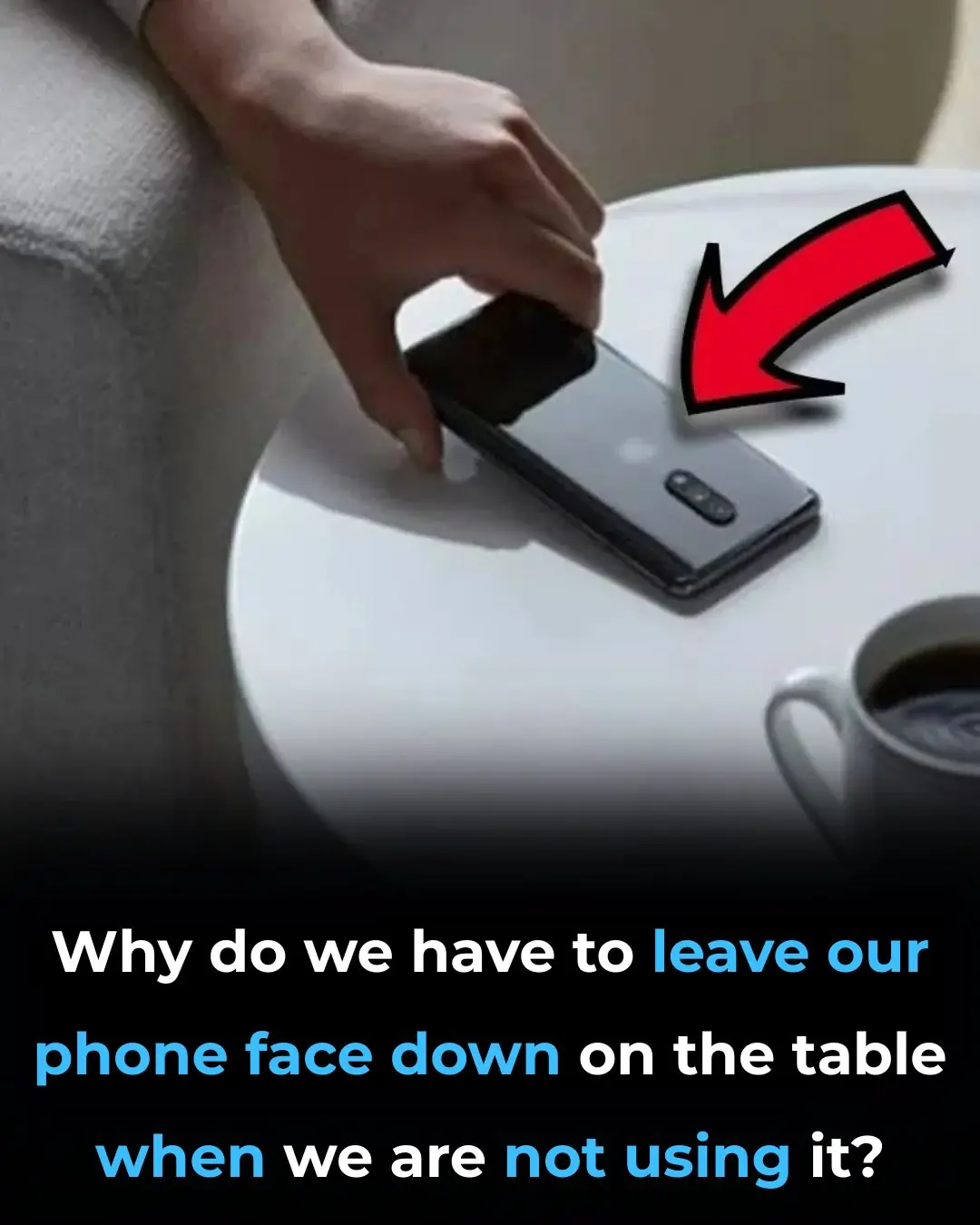
Why do we have to leave our phone face down on the table when we are not using it?

Hanging a towel on the door handle before bed: Unexpected benefits but few people know

Tips for conditioning your hair with over-cooked bamboo shoots

Treat premature gray hair thanks to the black dye formula
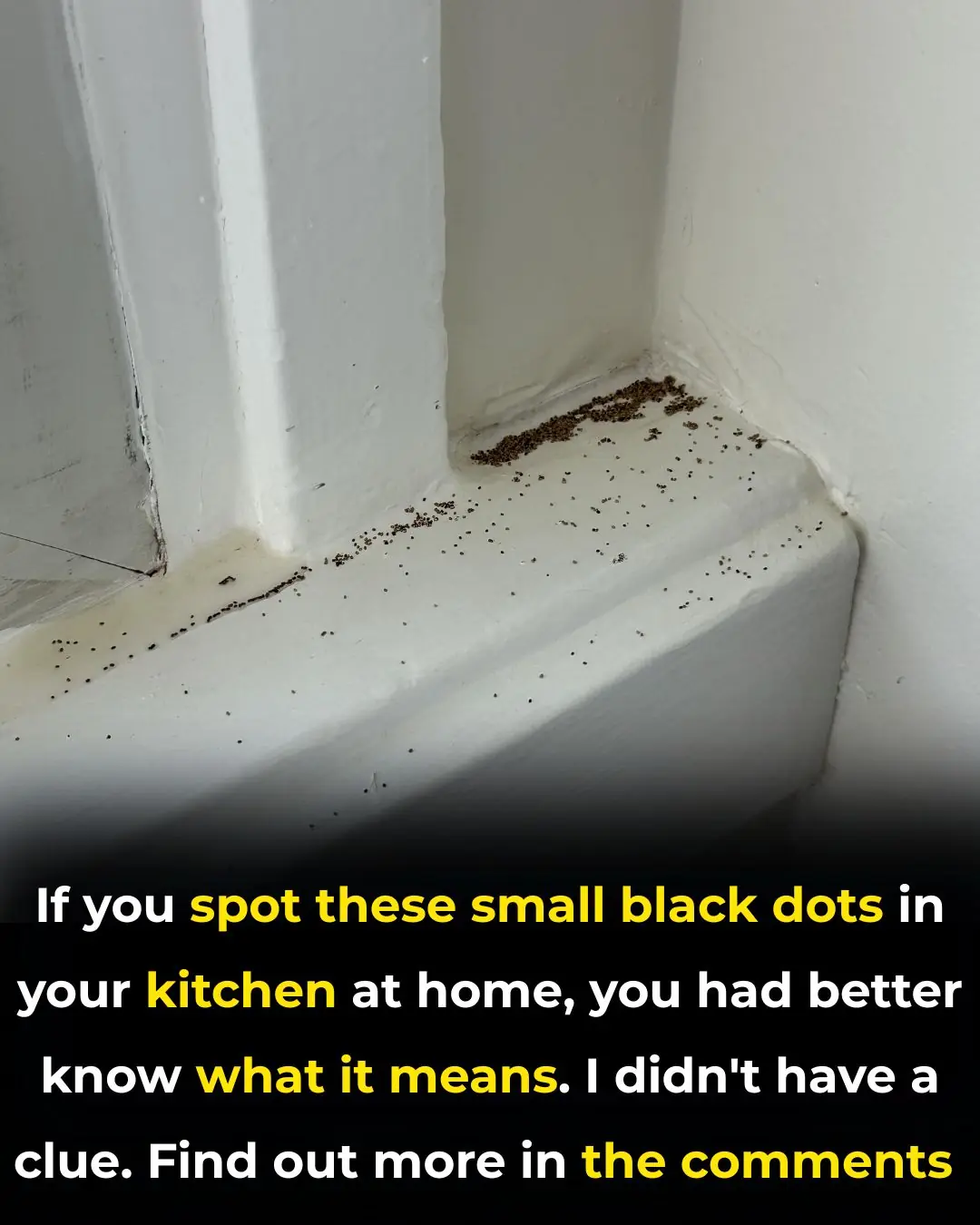
What Are These Strange Black Dots In Your Kitchen
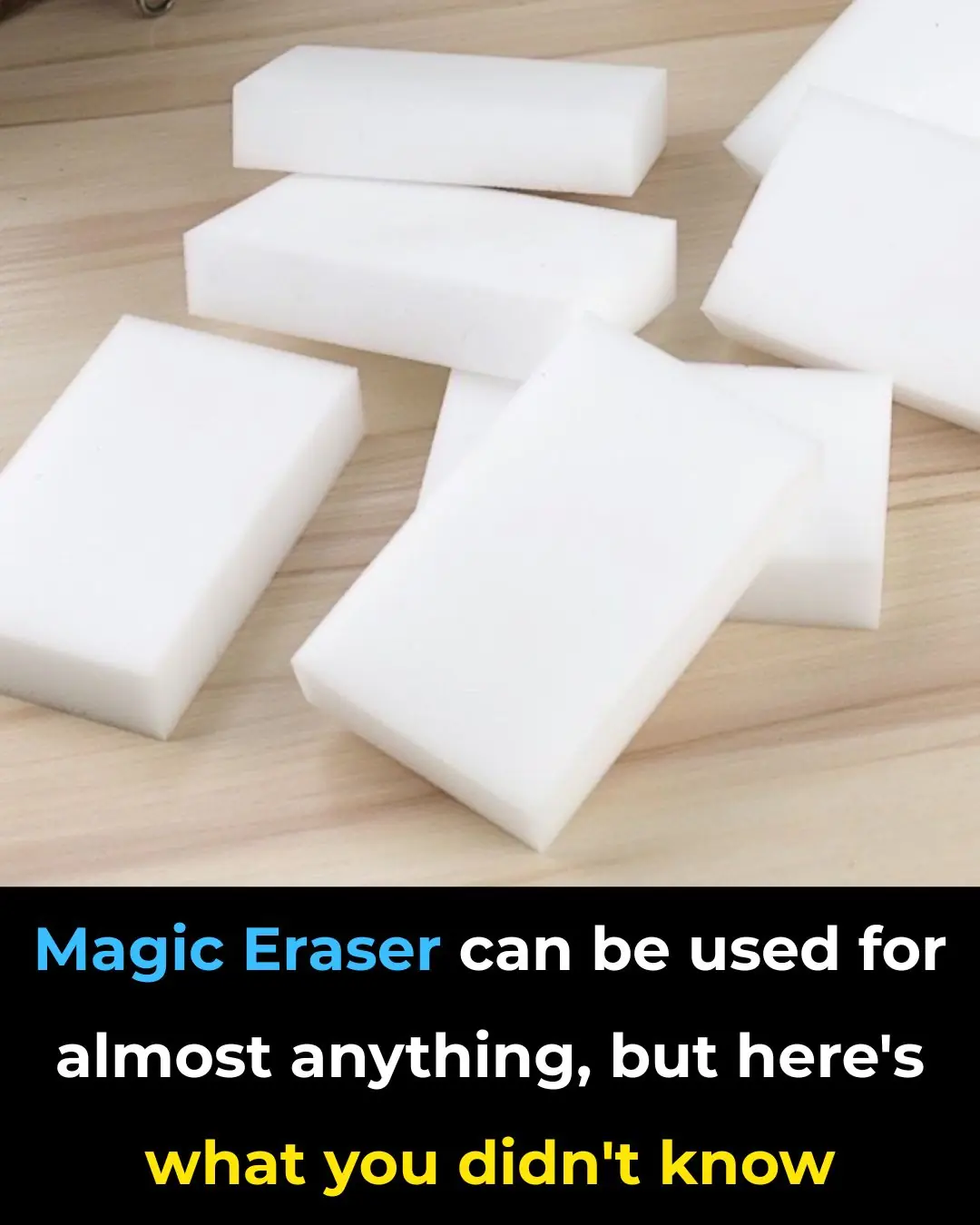
Magic Eraser can be used for almost anything, but here's what you didn't know
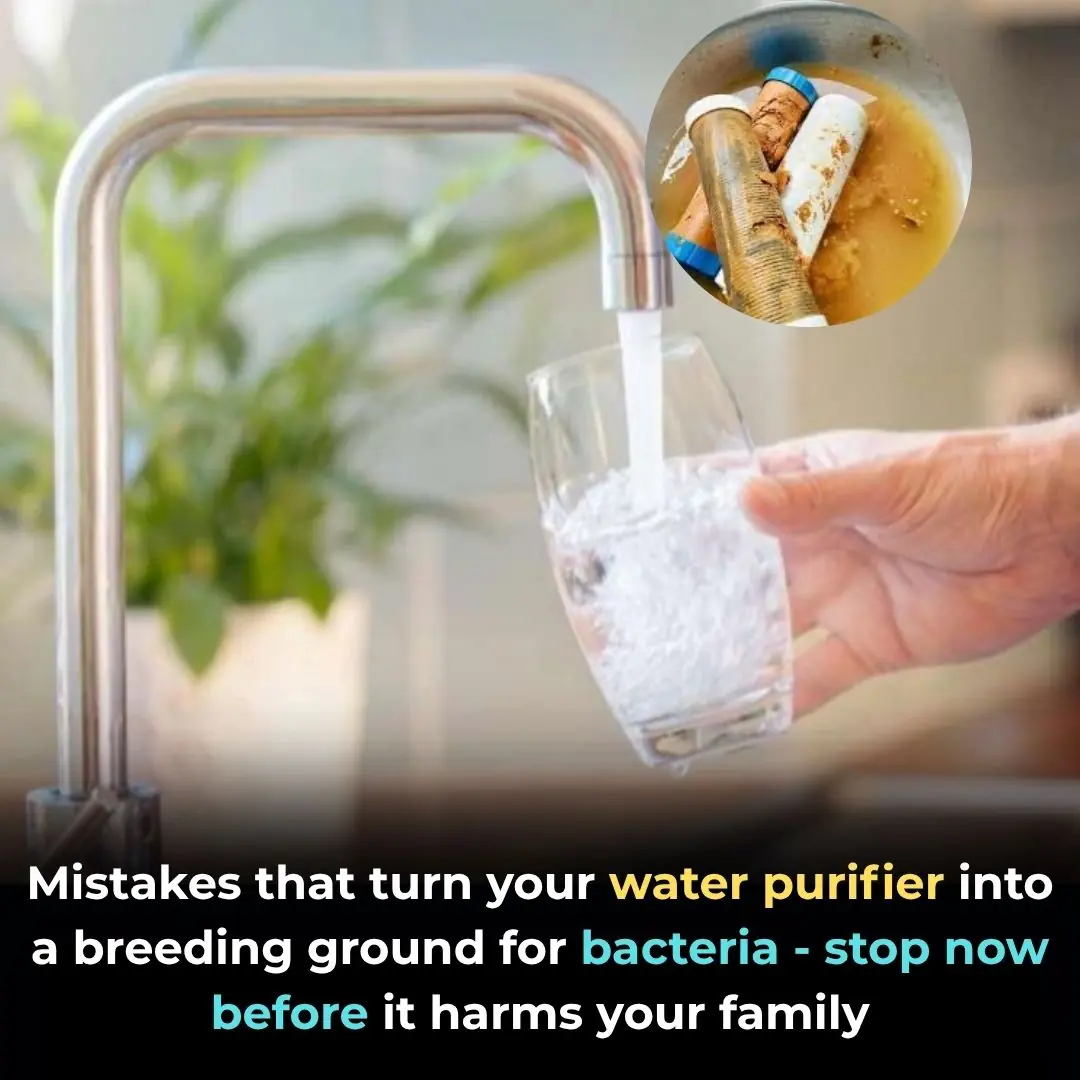
Wrong understanding turns water purifiers into diseases, remove them immediately to avoid harming the whole family

The house is full of dust even though it is cleaned regularly
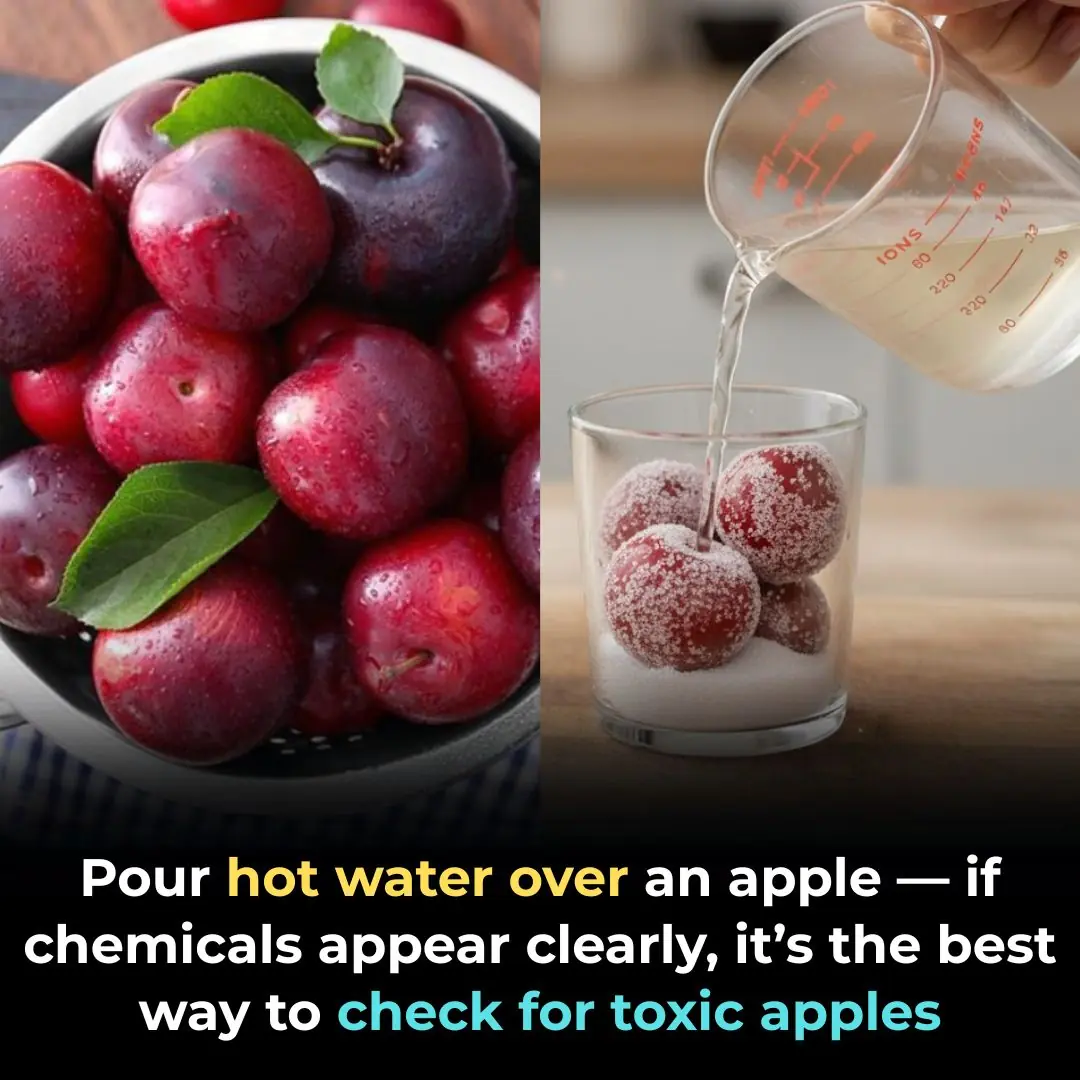
Pour hot water over the apple
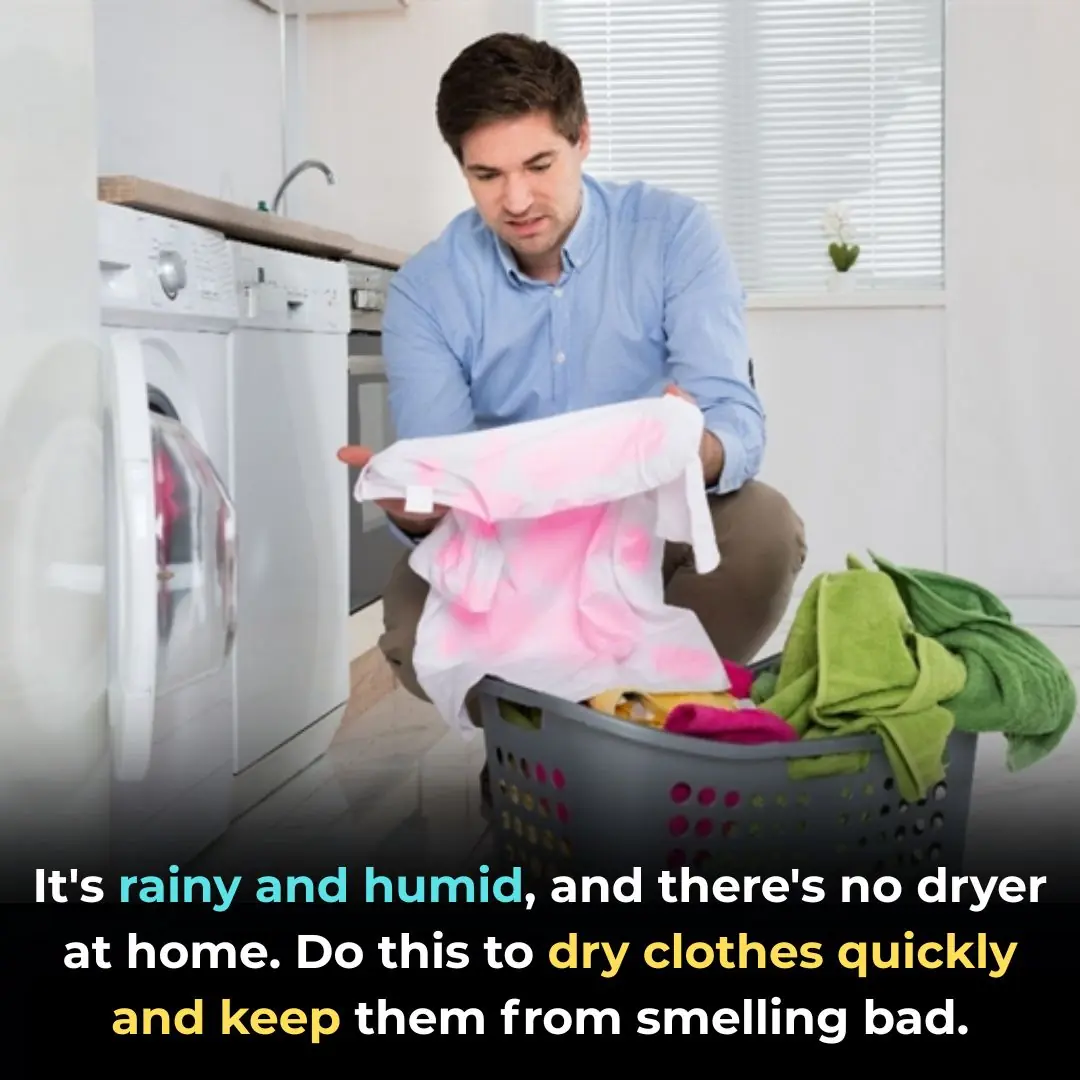
It's rainy and humid, and there's no dryer at home. Do this to dry clothes quickly and keep them from smelling bad.
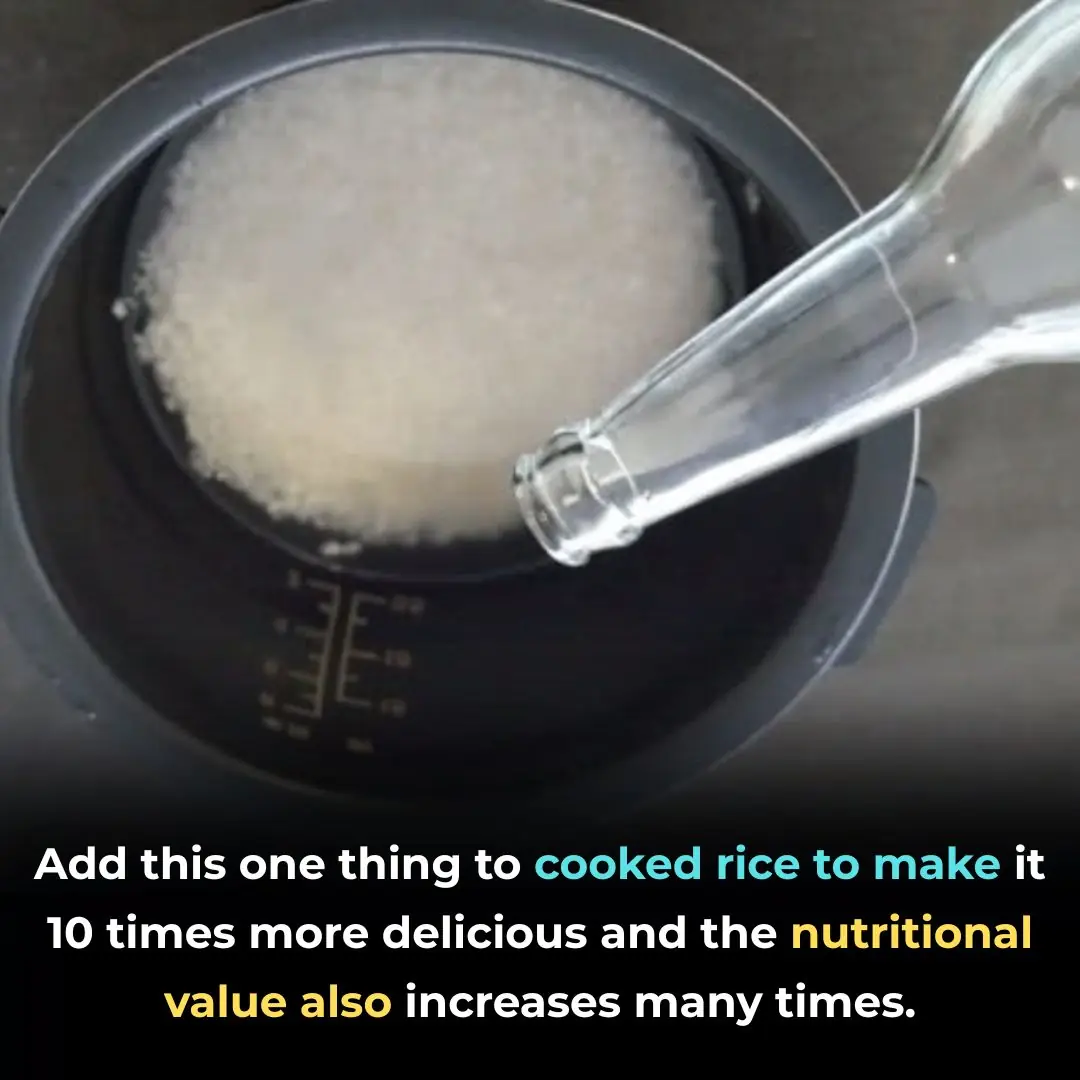
Add this one thing to cooked rice to make it 10 times more delicious and the nutritional value also increases many times.
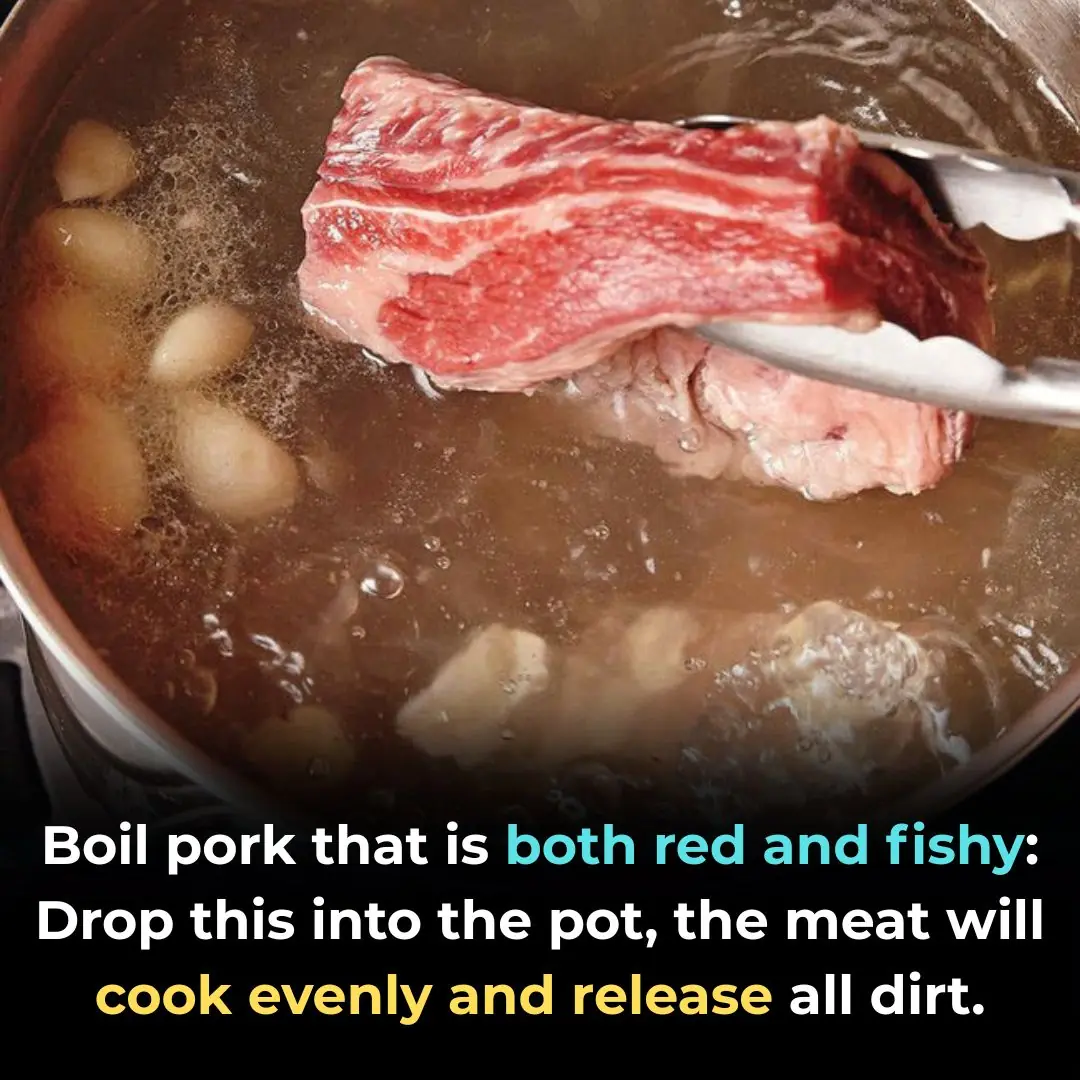
Boil pork that is both red and fishy: Drop this into the pot, the meat will cook evenly and release all dirt.

Tell mom how to make standard, crispy and irresistibly delicious banh xeo
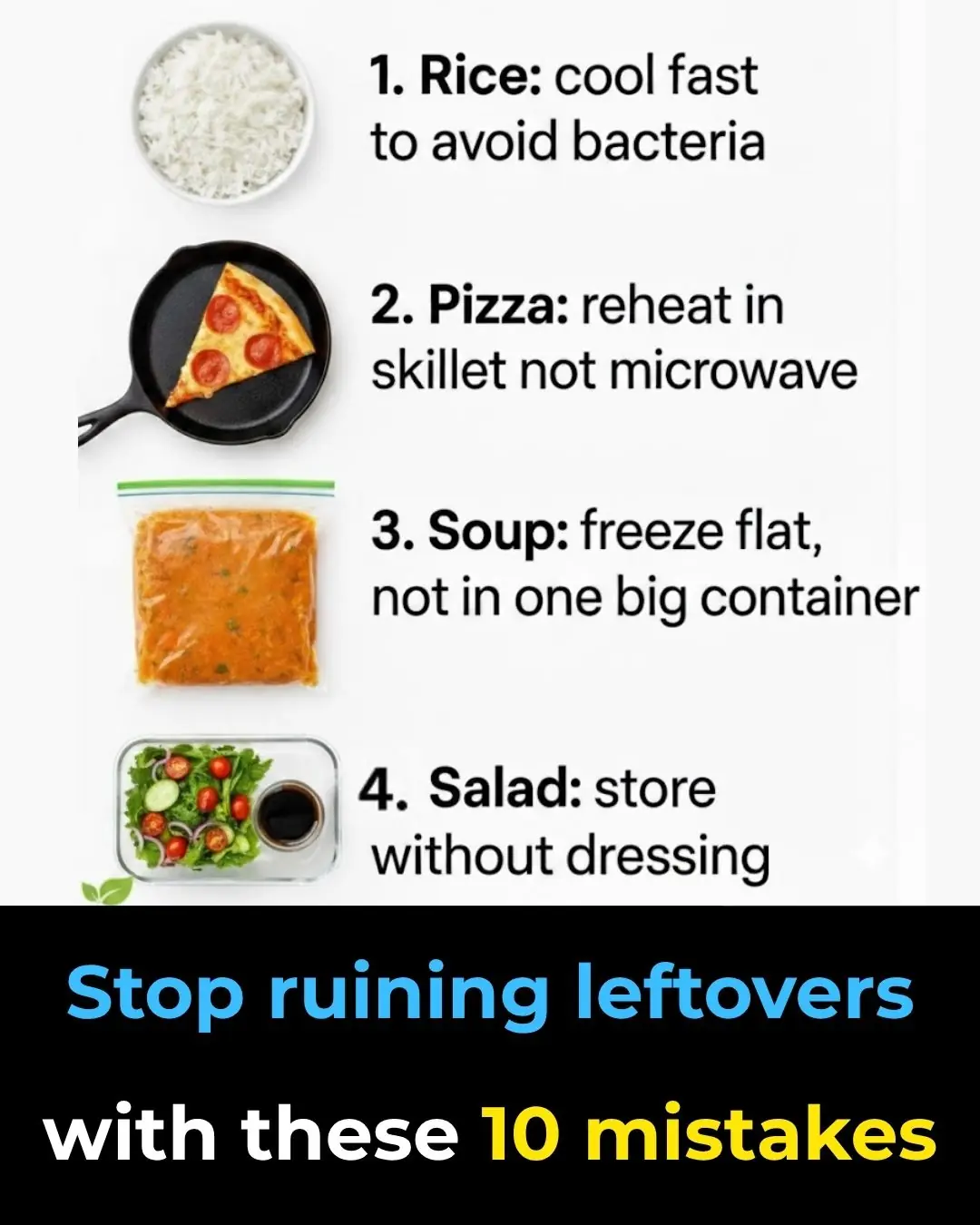
Stop ruining leftovers with these 10 mistakes

You're doing it all wrong. Here’s the right way to store tomatoes
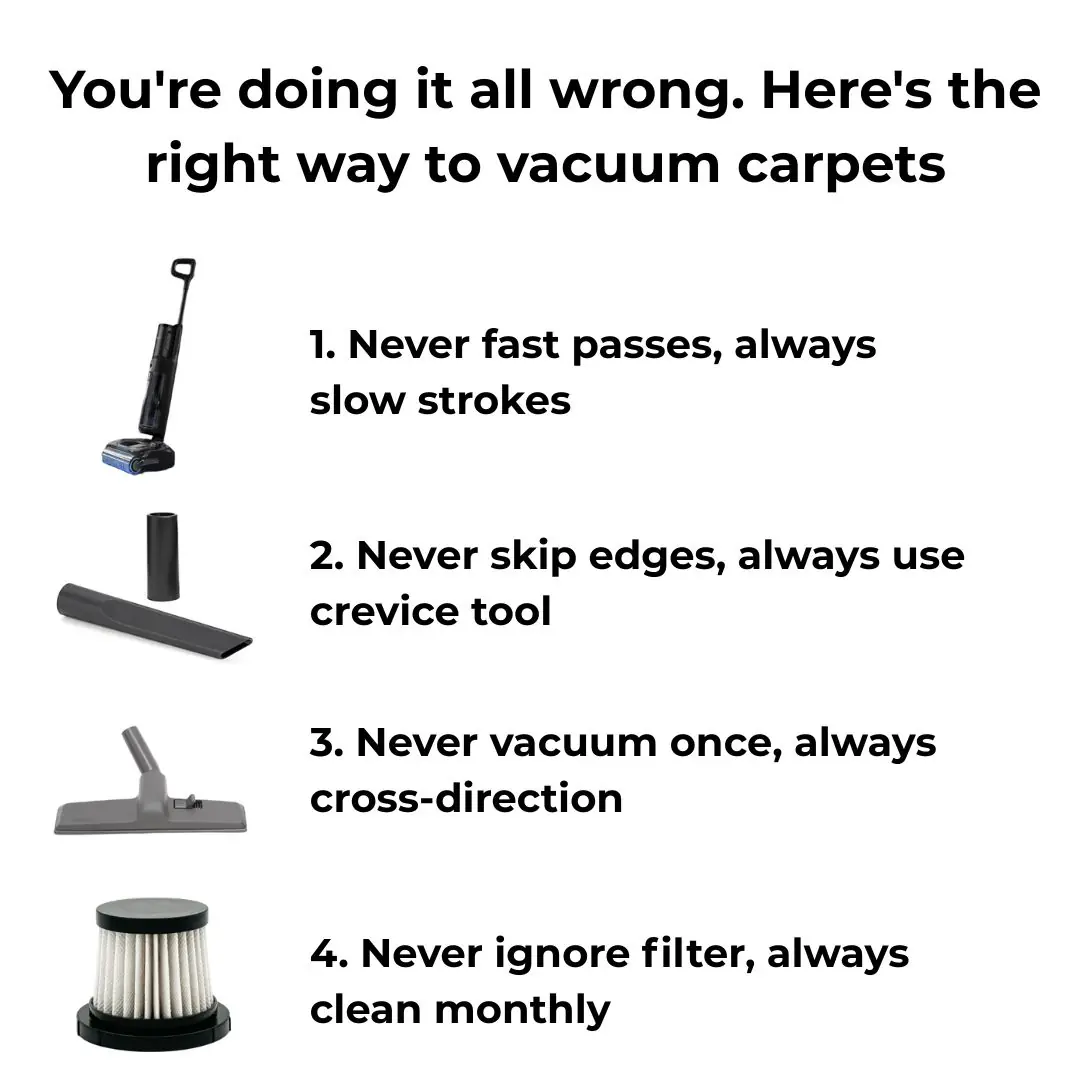
You’re doing it all wrong. Here’s the right way to vacuum carpets
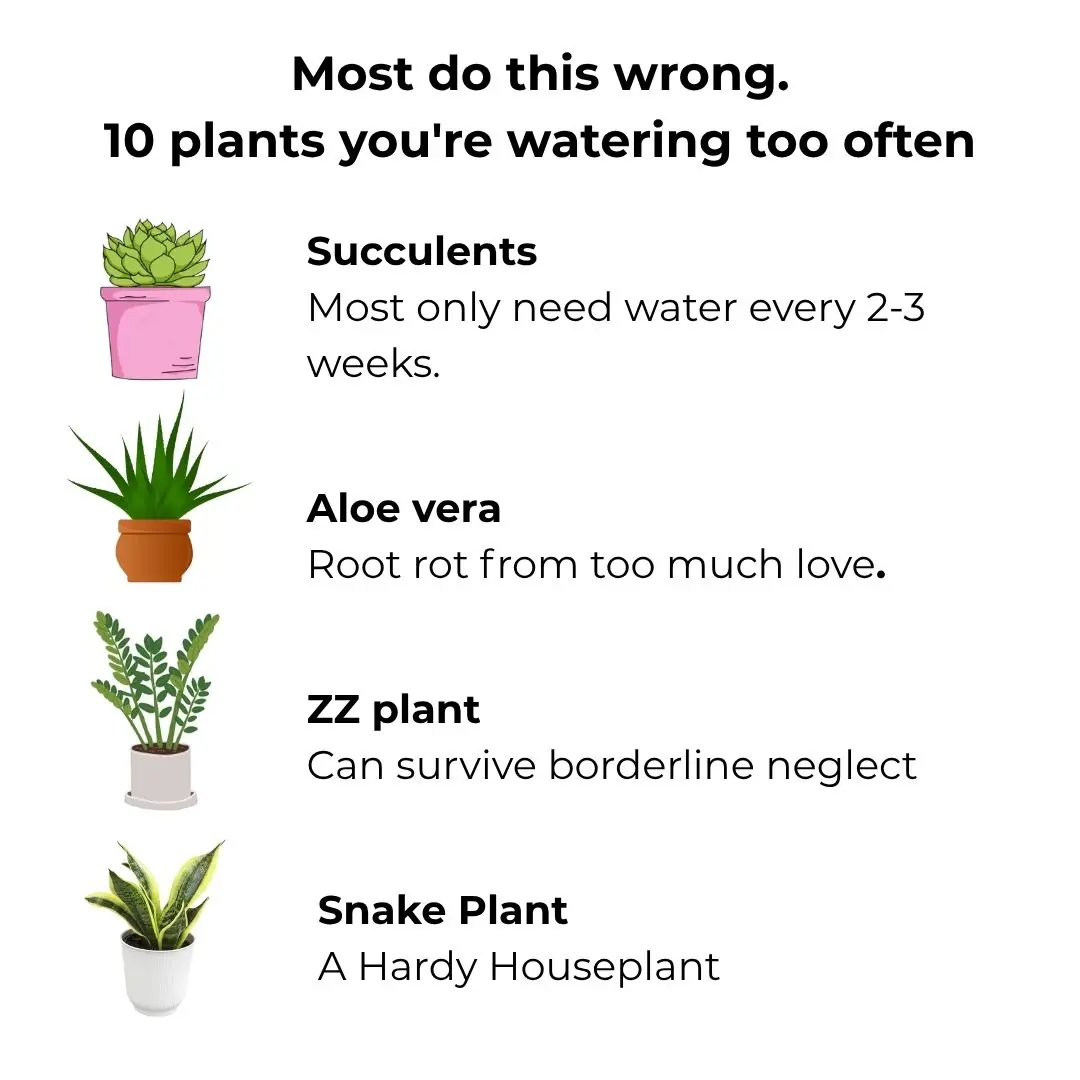
Most do this wrong. 10 plants you’re watering too often
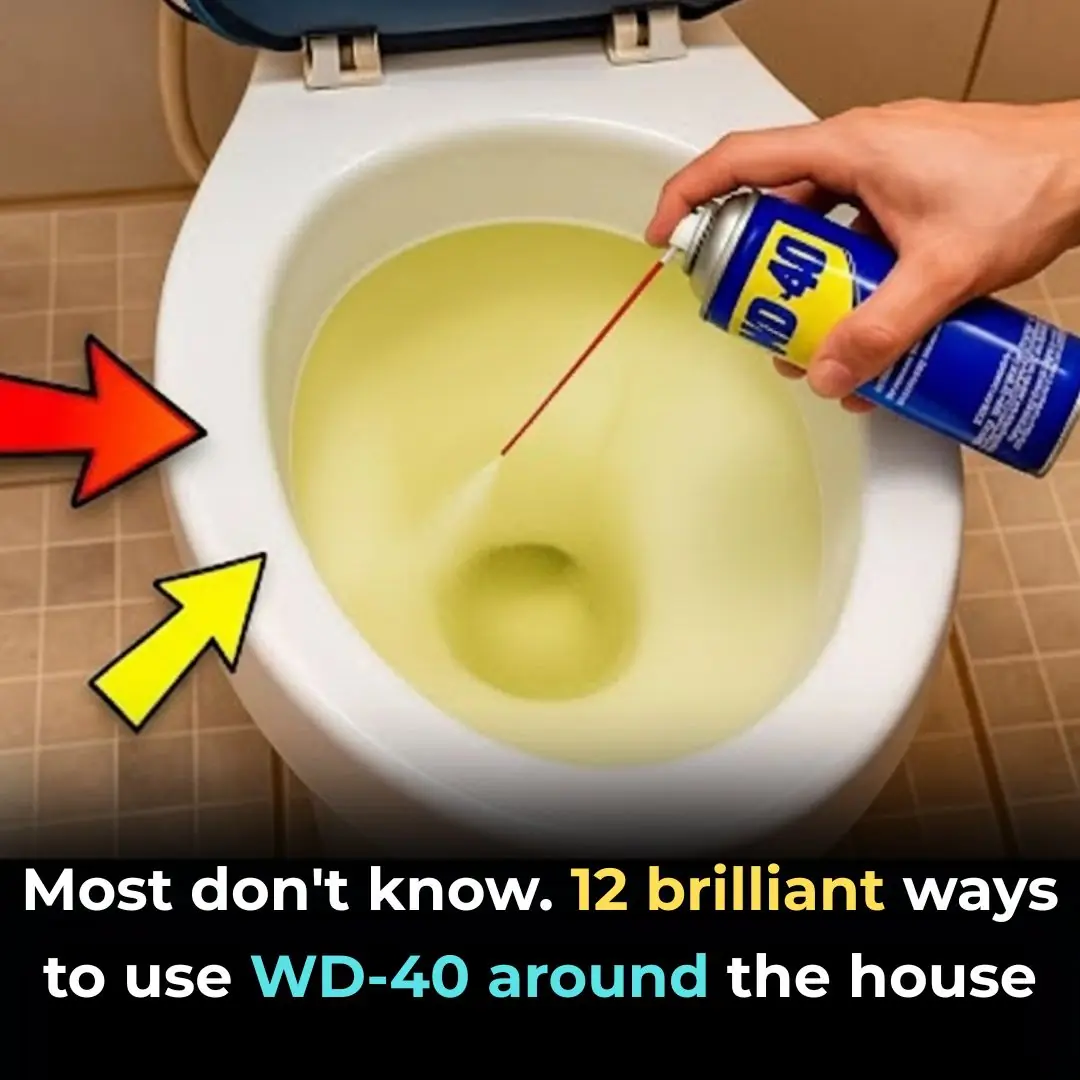
Most don’t know. 12 brilliant ways to use WD-40 around the house

When frying lolot leaf patties, remember to take an extra step so the patties turn out fragrant, bright green, and not darkened.
News Post
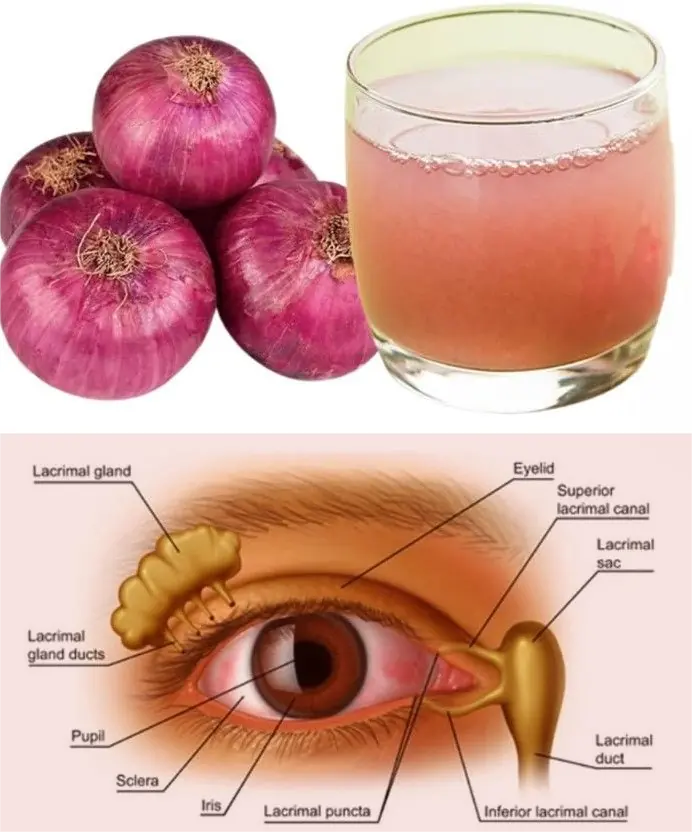
Can Onion Juice Gently Support Eye Health? A Natural Tip to Try

Bed Bugs Hate This! How Diatomaceous Earth and Cloves Can Wipe Them Out

These are the consequences of sleeping with the…

5 Common Foods That Often Contain Parasites — Many People Eat Them Daily

1 Vitamin Stops Calcium Buildup in Arteries and Heart

S:ida Acuta: Exploring the Healing Properties of this Herbal Remedy
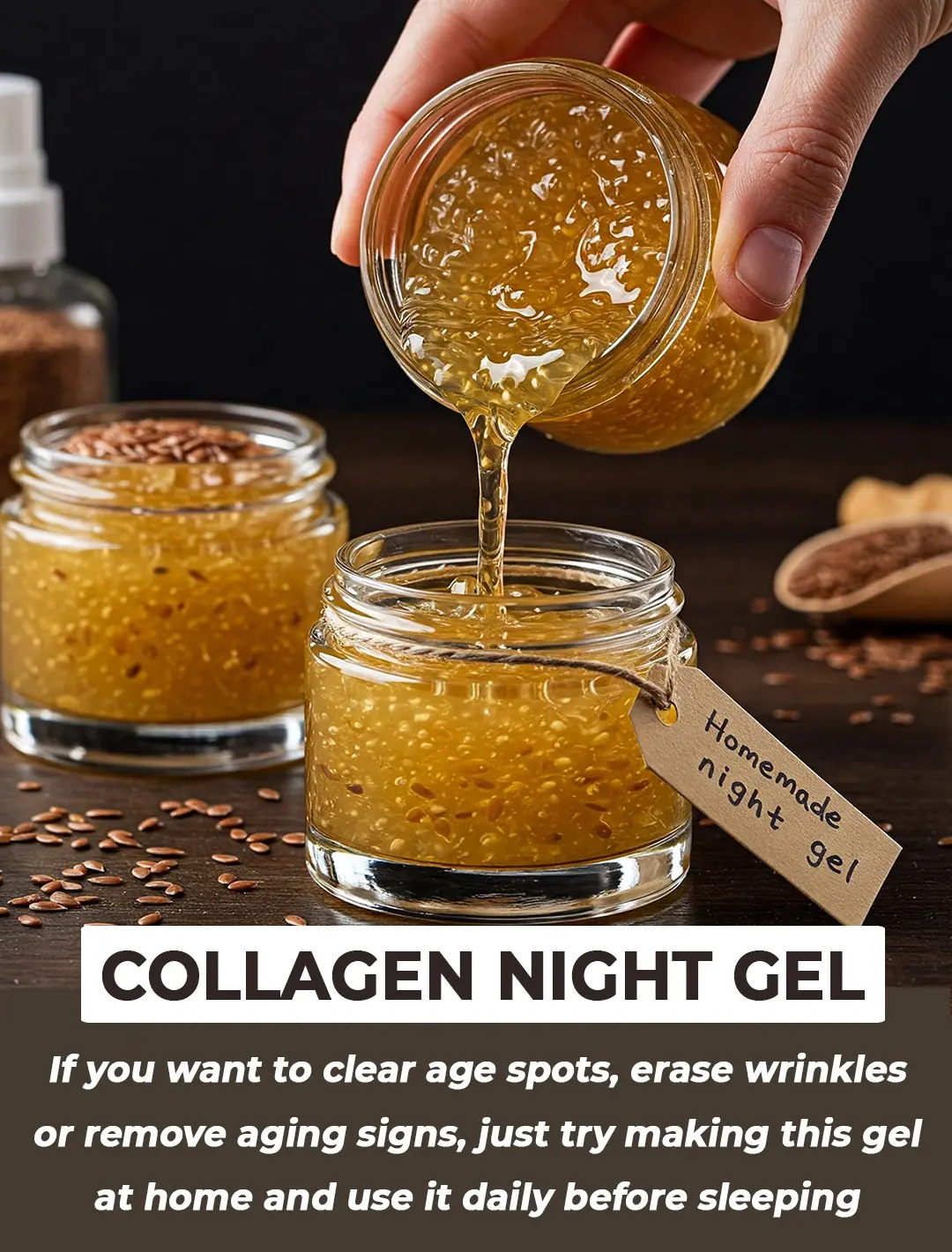
DIY Flaxseed Collagen Night Gel for Hydration and Rejuvenation
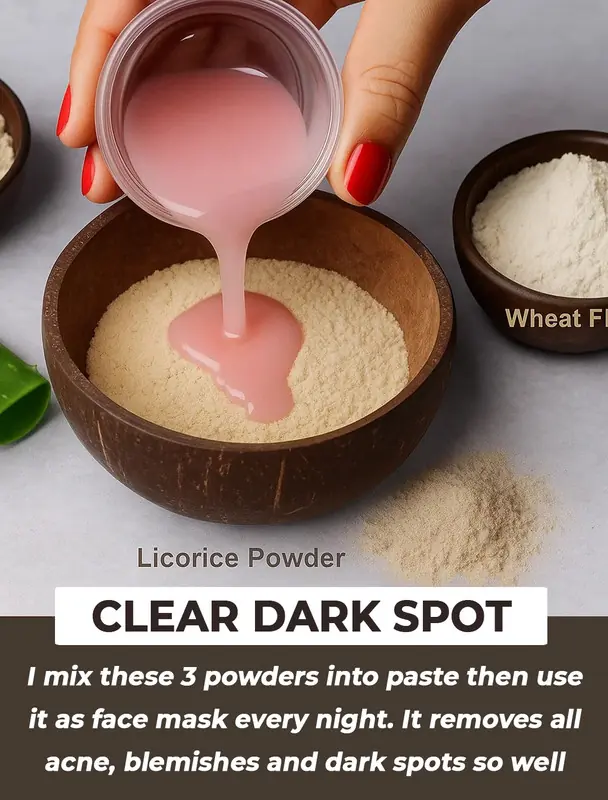
10-Day Licorice Treatment for Dark Spots: Fade Pigmentation and Achieve Glowing Skin Naturally

Easy Recipe to Make ABC Collagen Ice Cubes at Home: The Secret to Glowing, Firm Skin
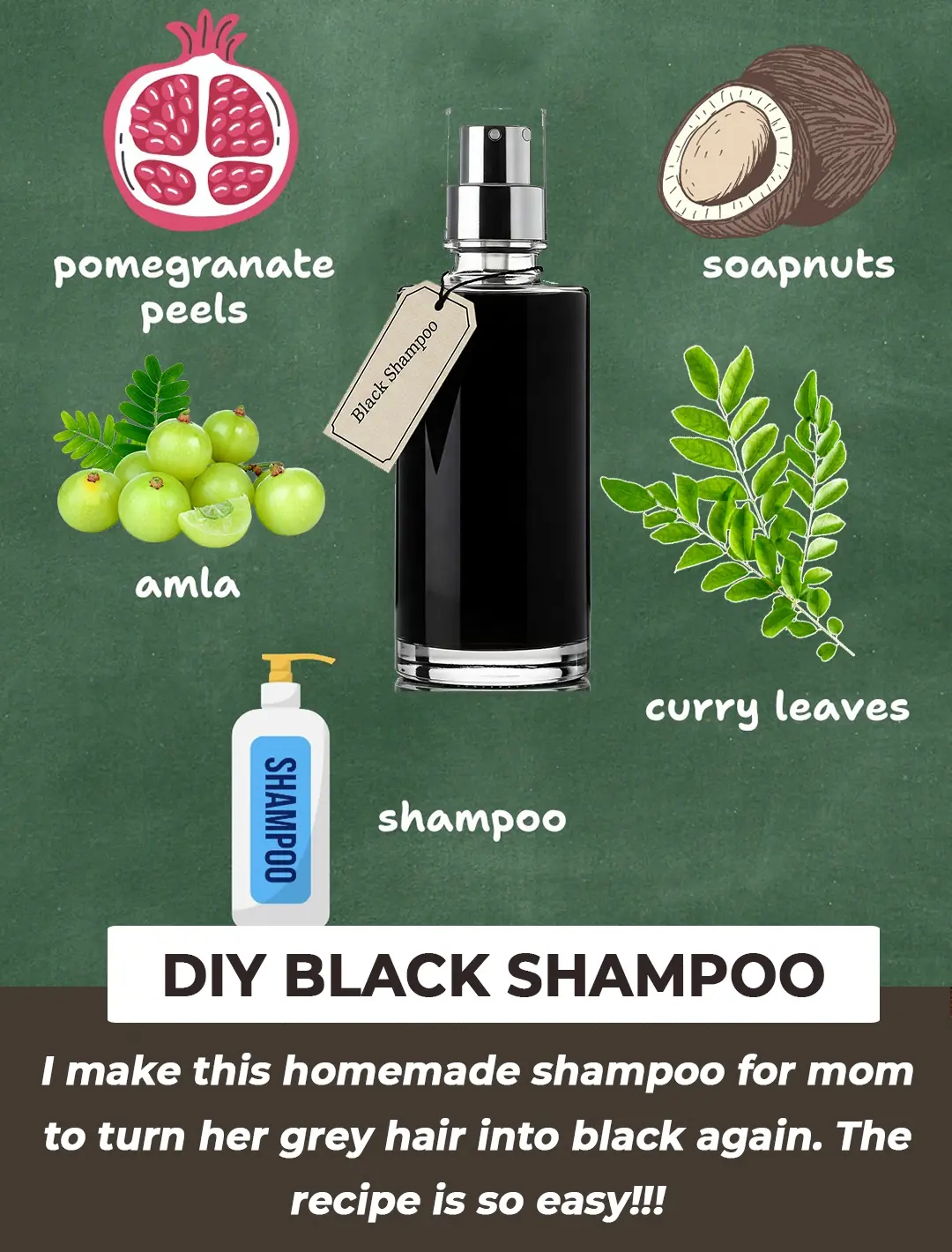
2 Mins Black Shampoo For Grey Hair

Why this doctor refuses to prescribe statins for high cholesterol

The 'divine' secret to frying

Why do we have to leave our phone face down on the table when we are not using it?

Hanging a towel on the door handle before bed: Unexpected benefits but few people know

Tips for conditioning your hair with over-cooked bamboo shoots

Treat premature gray hair thanks to the black dye formula

What Are These Strange Black Dots In Your Kitchen

Magic Eraser can be used for almost anything, but here's what you didn't know

Wrong understanding turns water purifiers into diseases, remove them immediately to avoid harming the whole family
